
Bulgari Divas’ Dream 354064 Ring White-gold Diamond and Aquamarine Ring
Bulgari Divas’ Dream 354064 Ring White-gold Diamond and Aquamarine Ring
- Ref.: : 354064
- Gemstone: Aquamarine
- Material: white gold
- Diamond (carat): 0.66
- Color: light blue
- Material K18WG (white gold) diamond aquamarine / aquamarine / diamond type female size 11.5
- Ring width: approx. 2mm
- Pattern width: approx. 10mm x Length: approx. 10mm
- Weight 7.6 grams
Product Description
Bulgari Divas’ Dream 354064 Ring White-gold Diamond and Aquamarine Ring
The Divas Dream ring is inspired by the feminine elegance and glamour of the Eternal City. A tribute to a glamorous heroine with an unmistakable Roman spirit. A ring of true femininity and refinement. It captures the colors of the Caracalla baths marble and the sensual curves of the scalloped mosaic. It expresses the essence of Italian beauty. The openwork design where fullness and emptiness meet. The iconic shape is reinterpreted with maximum lightness and delicacy.
- Ref.: : 354064
- Gemstone: Aquamarine
- Material: white gold
- Diamond (carat): 0.66
- Color: light blue
- Material K18WG (white gold) diamond aquamarine / aquamarine / diamond type female size 11.5
- Ring width: approx. 2mm
- Pattern width: approx. 10mm x Length: approx. 10mm
- Weight 7.6 grams
- Price: Upon request
*Please note that every Bulgari piece in the Coral Factory is handcrafted. As a result, carat weight and stone quantities may differ slightly from one creation to the next. Please contact us for more information.
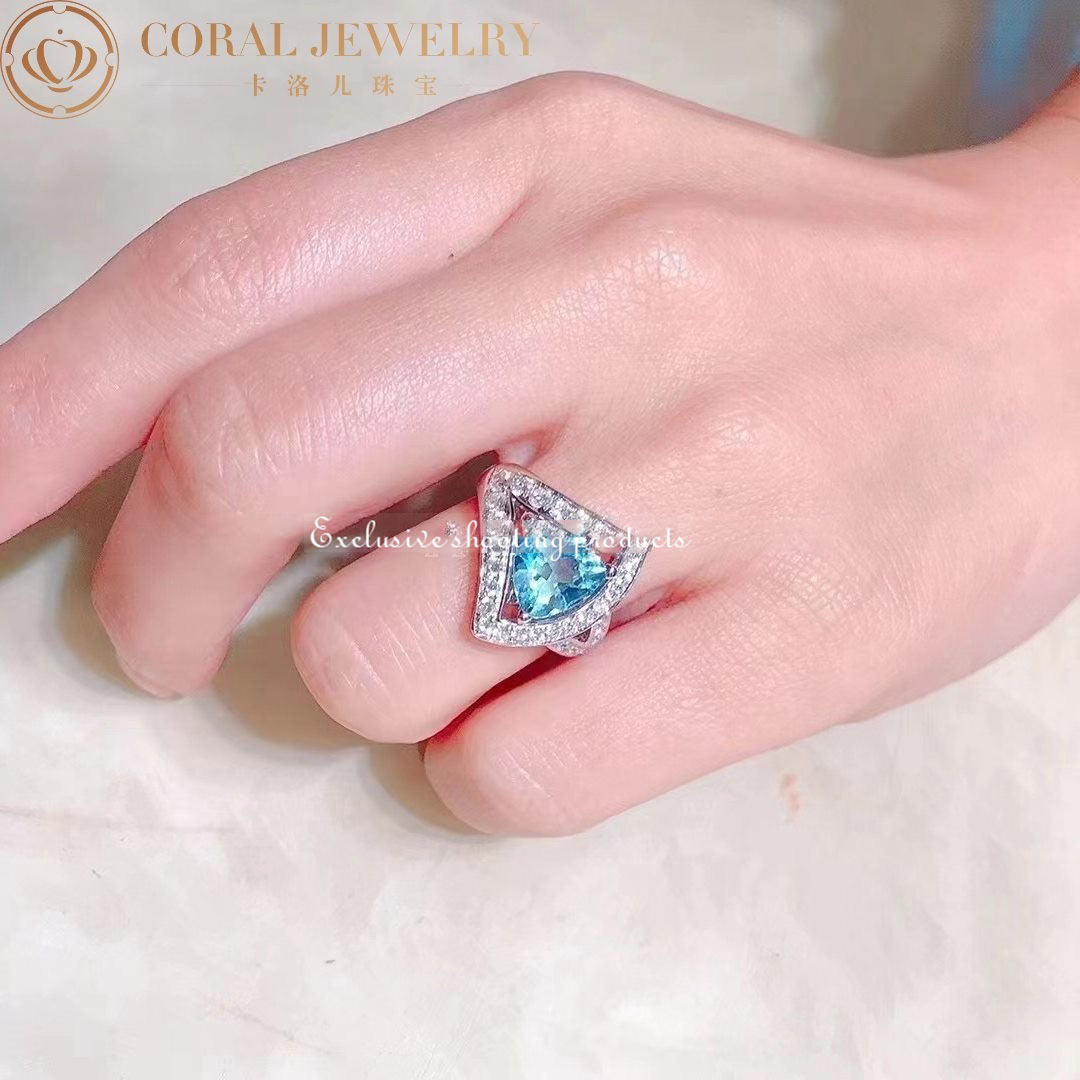
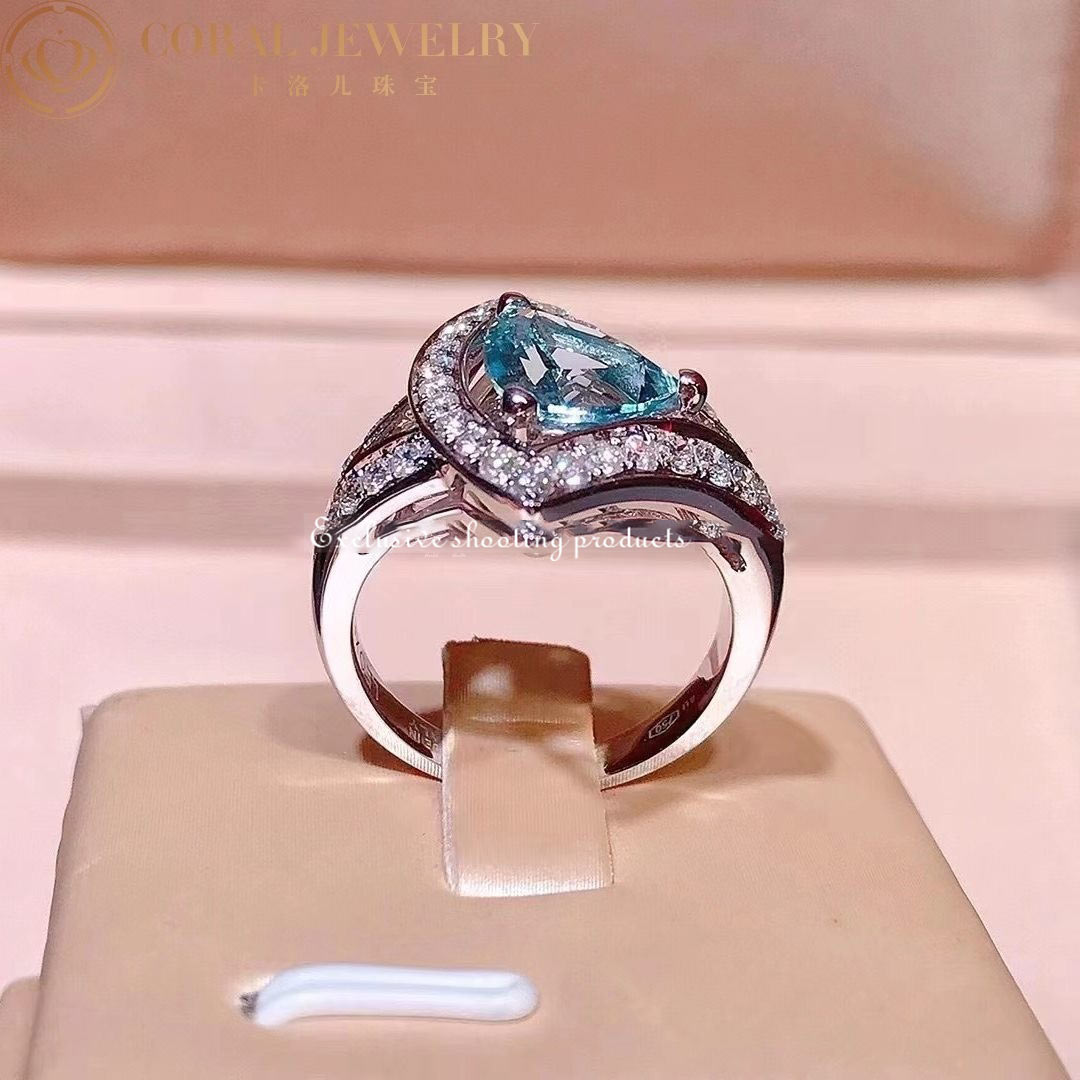
The Bulgari Divas Dream Ring White-Gold Diamond and Aquamarine 354064
The Bulgari Divas Dream Ring White-gold Diamond and Aquamarine 354064 is an extraordinary ring for women who love dazzling designs. A white-gold band with a diamond and aquamarine inlay is a stunning piece of jewelry that is certain to become a favorite for years to come. It is a beautiful ring that you can wear with any outfit and is guaranteed to turn heads.
Roman baths
The Bvlgari name is synonymous with quality and value for money. This is especially true of the more upscale offerings such as the Divas’ Dream line of the flagship flagship boutique located in the gilded triangle of central London. Among the brand’s many illustrious patrons is the one and only Xanadu. A quick jaunt into the shop is all it takes to get a taste of the best. Besides the obligatory manicures and pedicures, the company is an exemplary family of employees who take pride in their stewardship and are willing to go the extra mile for your business. With a new flagship store set to open its doors in early 2014, the halo of the swarm is about to expand by at least a couple of orders of magnitude in short order.
Caracalla’s baths
The Baths of Caracalla were one of the grandest buildings of its time. They were in operation from the early first century through the 530s. Although the baths were used to their fullest, they were not the first or last public baths in Rome. There were numerous aqueducts and conduits to carry water throughout the city. These innovations allowed for extensive public bathing facilities, a feat which was not without its challenges.
The Baths of Caracalla are a sprawling complex, occupying many square kilometers, with a mammoth tunnel system that is a mile long. In its day, it was the largest in the city. Some vaults boasted a glass-paste mosaic while others featured elaborate stuccowork. One of the largest fountains in the world is located at the entrance, which drew many a crowd.
One of the most important reasons for the Baths of Caracalla’s glory days was its ability to provide water to the growing city of Rome. Many enslaved people were required to stoke fires to keep the furnaces hot. Today, the remnants of these structures can be found at seascapes. This led to the construction of the Via Nova. Its other noteworthy function was the supply of fresh water for the countless street vendors and restaurants in the vicinity. The most interesting part is that the Baths of Caracalla lasted longer than it did. With that said, we’ll leave it to history to sort out the rest. And while the Baths of Caracalla may be no more, the city of Rome continues to amaze with its beauty. Among its many offerings, the Divas’ Dream collection stands out for its twee design and the quality of its bling.
Rome’s baths of Titus
The Baths of Titus are one of the oldest examples of Roman baths. They were built at the end of the second century and are a relic of Nero’s Golden House. These baths were originally part of the vast Domus Aurea, but were turned into a public facility by the Emperor Titus.
Titus was Emperor from 79 to 81. His father-in-law was Antoninus Pius. Both emperors made alterations to the baths during their reigns. In the year of AD 126, Annius Verus was the consul. During his reign, he erected vaults in apartments and enlarged the complex.
Baths of Titus were located on the southern slopes of the Oppio hill. The complex was connected to the private palace of Titus. It was surrounded by colonnades and had a large portico, which was decorated with half-columns.
The interior of the baths consisted of a caldarium, a tepidarium and a frigidarium. Each had a small laconicum attached. The central room was 40 feet long and 13 feet wide.
The baths were heated by the circulation of heated air from a fire under the floor. A number of doors and window screens were decorated with gilt bronze.
The walls of the baths were sheathed in marble. The floors were also made of marble. The baths were a popular place for reading and socializing. Some of the ruins of the baths still remain.
The baths were also used for ball games. According to an inscription, the greatest player of the glass ball game was Ursus. Interestingly, a large granite bathtub was found in the Sala Rotonda of the Musei Vaticani.
It is thought that the real Baths of Titus were built to superimpose on the partially completed bathing complex of the Domus Aurea. However, other emperors altered the structure. After the Emperor Hadrian took power, the Baths of Titus were restored.
Rome’s baths of Hadrian
If you are looking for the perfect gift for your lady love, there are few better options than a shiny new Bulgari ring. Fortunately, the oh so stylish woman in question will not be putting it to good use. This lucky lady gets to indulge in some of the finer things in life, and not to mention a few nips n’ tucks. The rest of us owe our lives to her. One of her favorite things to do is to wear her favorite perfume on a regular basis. Thankfully, this can be done without breaking the bank. Besides, the ladies will be thanking you oh so much for it!
Not only is Bulgari the home of the finest watches on the planet, they also boast the best customer service in the industry. The perks include free delivery on all purchases, and the chance to play the best of the best on their private island in the Caribbean.
Rome’s baths of Augustus
The Baths of Augustus were built by Agrippa, the right hand man of Emperor Augustus. Agrippa designed and constructed the first public baths in Rome in 19 BC.
The baths were the first of the great Imperial Thermae. They are now one of the best-preserved Roman baths in the world.
At the time, the Romans visited the baths as part of their personal hygiene routine. It was also a social gathering place. During the bathing ritual, they would wash and dry themselves, and then they would put scented olive oil on their bodies.
Depending on the bath, there were several different areas to choose from, including laconicom, tepidarium, and frigidarium. In the laconicom, a masseur would massage the body.
The tepidarium was heated by vents on the wall or floor. After the bath, the bathers would have a warm or cold plunge. Afterwards, the bathers went on to light exercise.
The thermae were adorned with a mosaic floor, rich marble slabs, and decorative statuary. Diocletian’s baths were more artistic than Caracalla’s.
Throughout the Roman Empire, the practice of taking a bath was common. Generally, the baths were open to everyone, and it was possible to visit the baths and get clean for a low fee.
Baths were constructed in every city in the Roman empire. Some of the cities were Alexandria, Hierapolis, and Patara.
Baths were built to meet the needs of people from all classes and regions of society. In the early days, the baths were largely dark and steamy. However, they eventually became spectacular examples of Roman architecture.
Many wealthy Romans contributed to funding the construction of the baths. Some of the baths were segregated for women and men. The fee for bathing was about 1/64 of a day’s wage.
Bulgari Divas’ Dream 354064 Ring White-gold Diamond and Aquamarine Ring


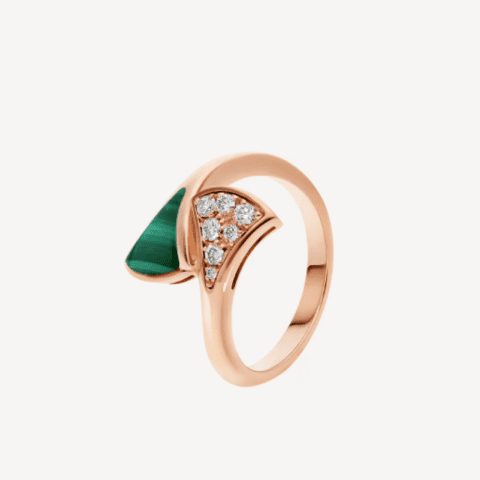
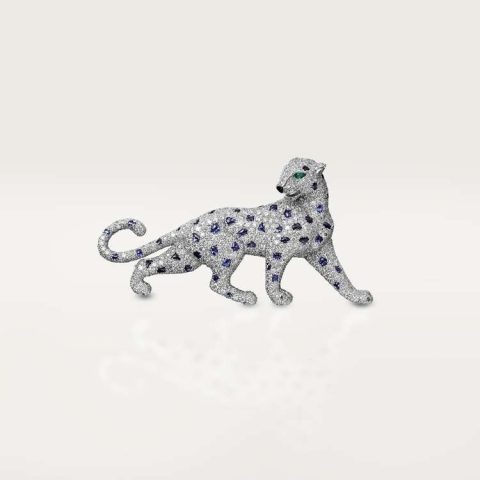

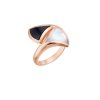

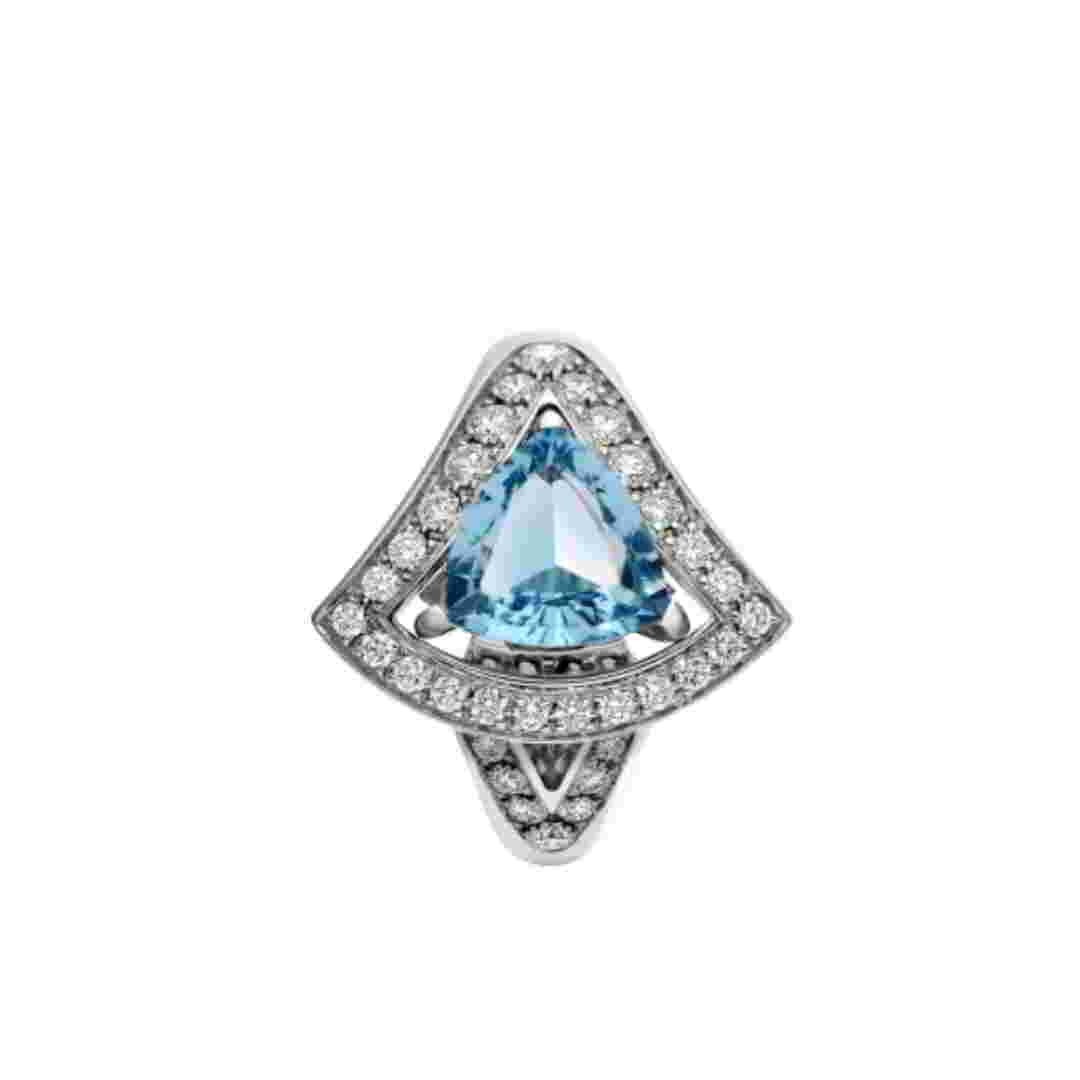


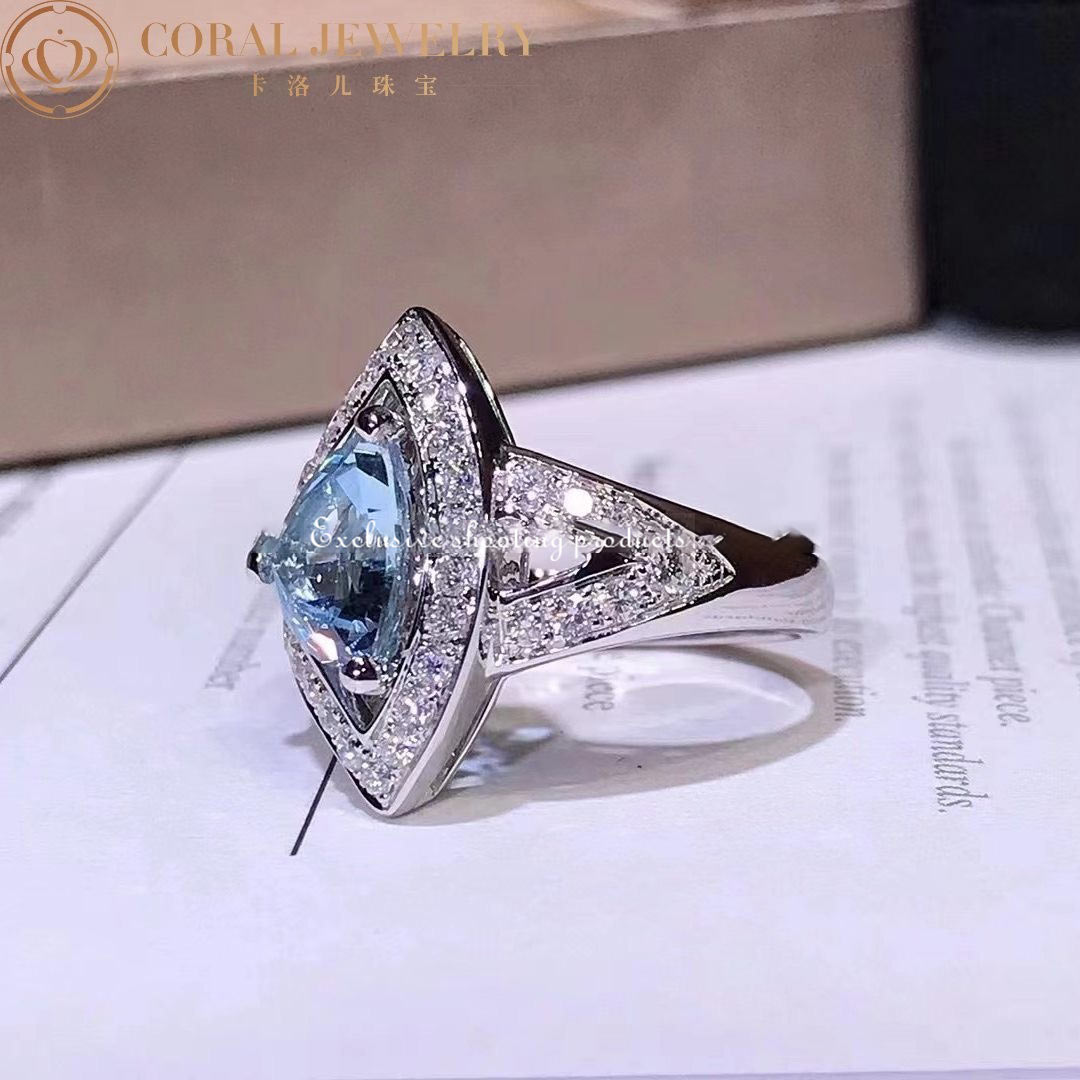
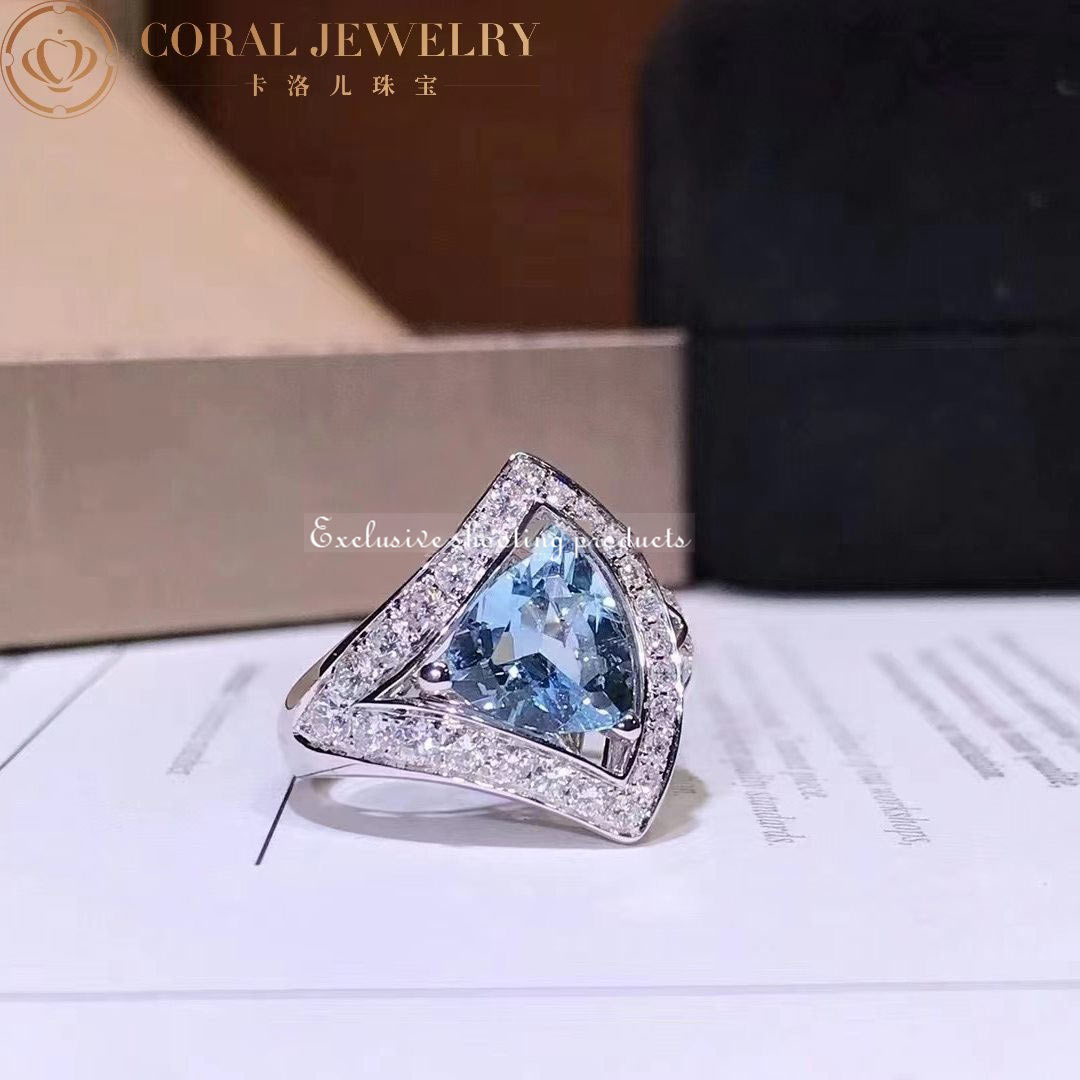
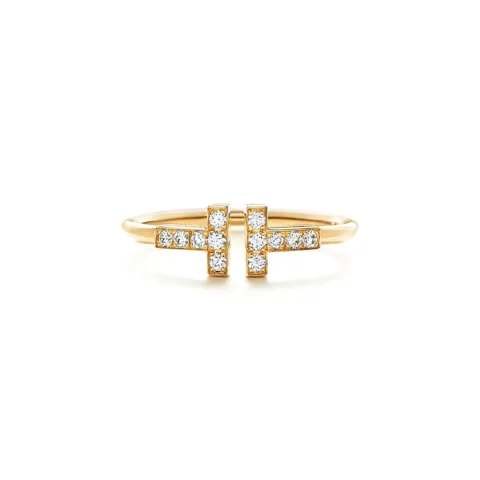
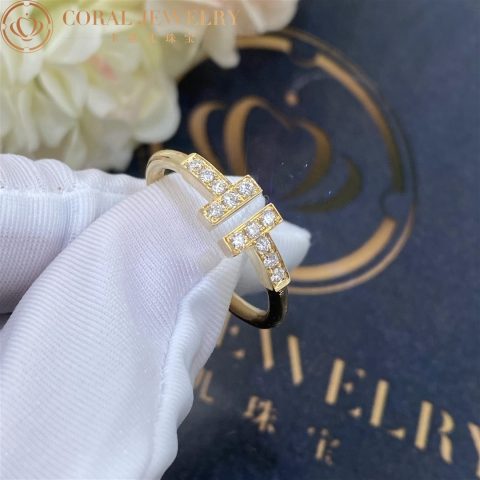



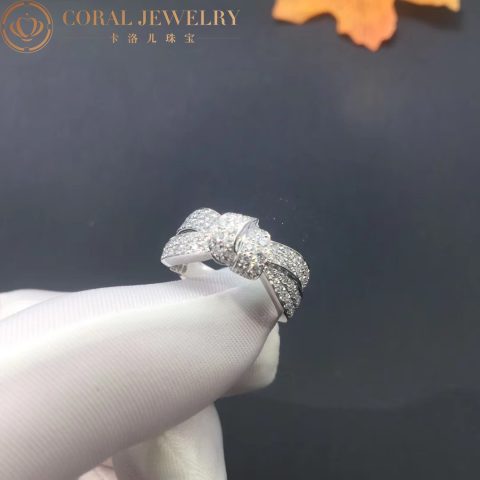
Reviews
There are no reviews yet.